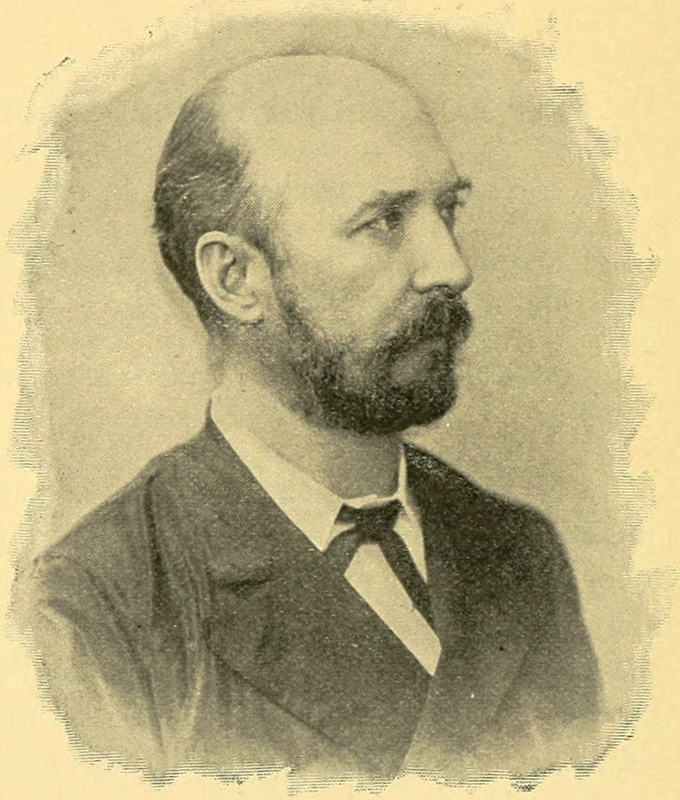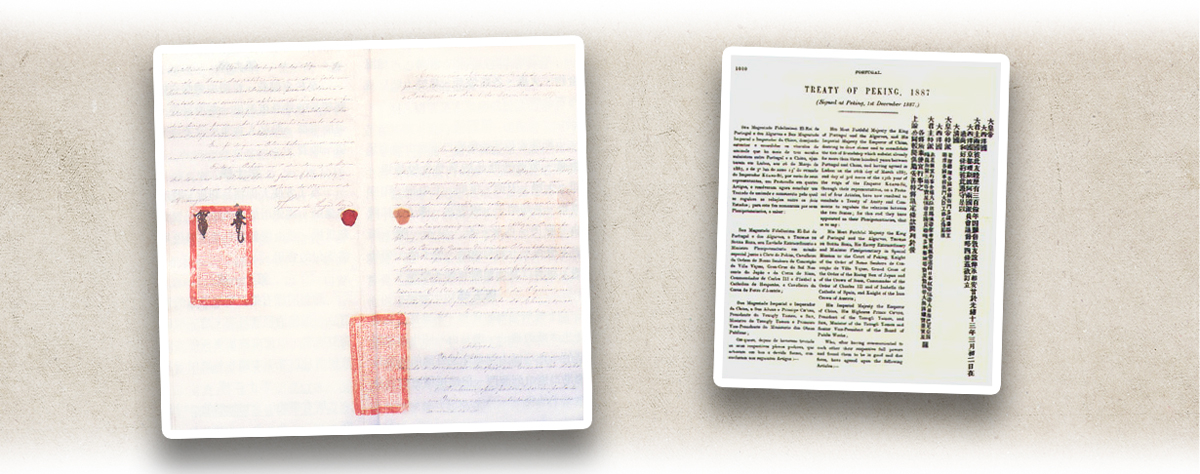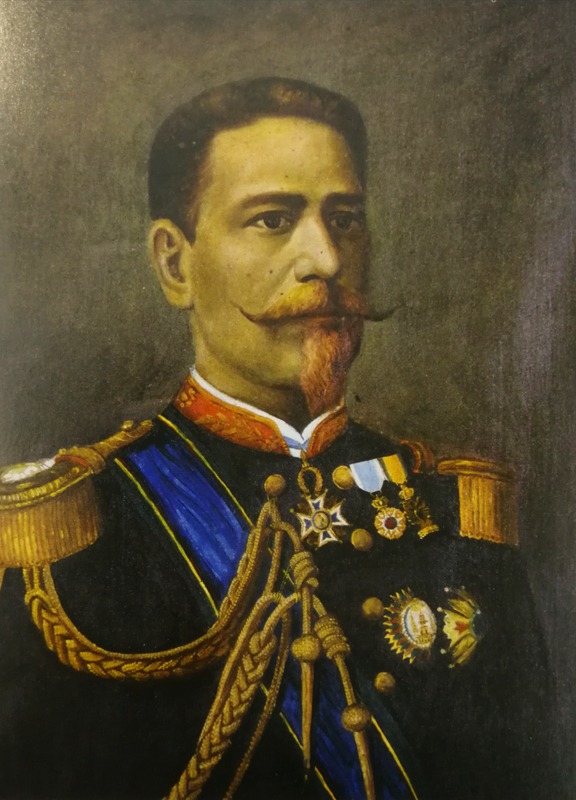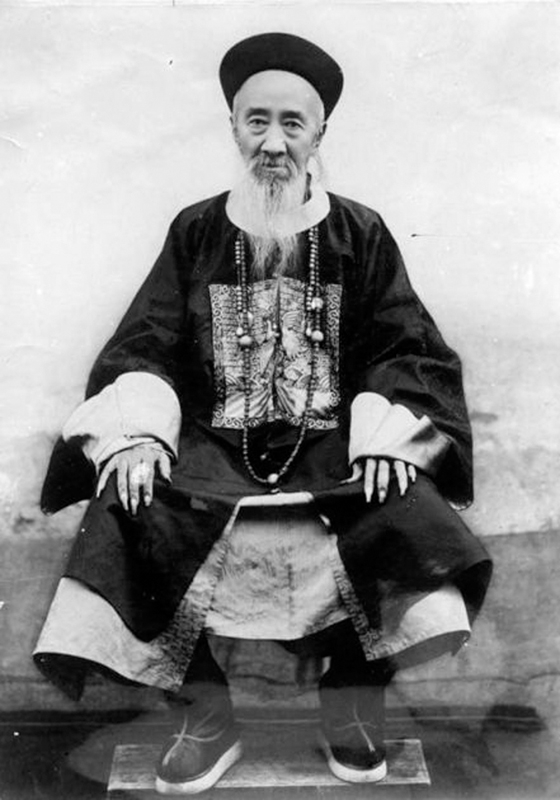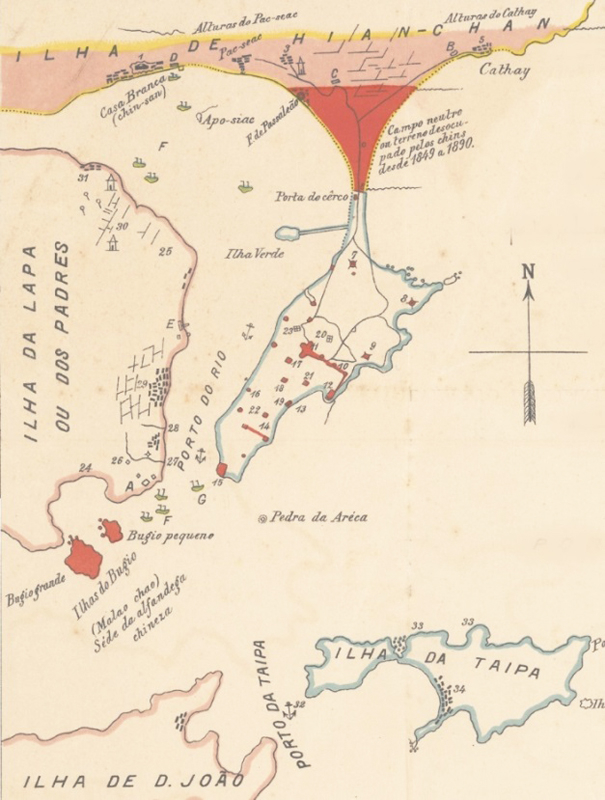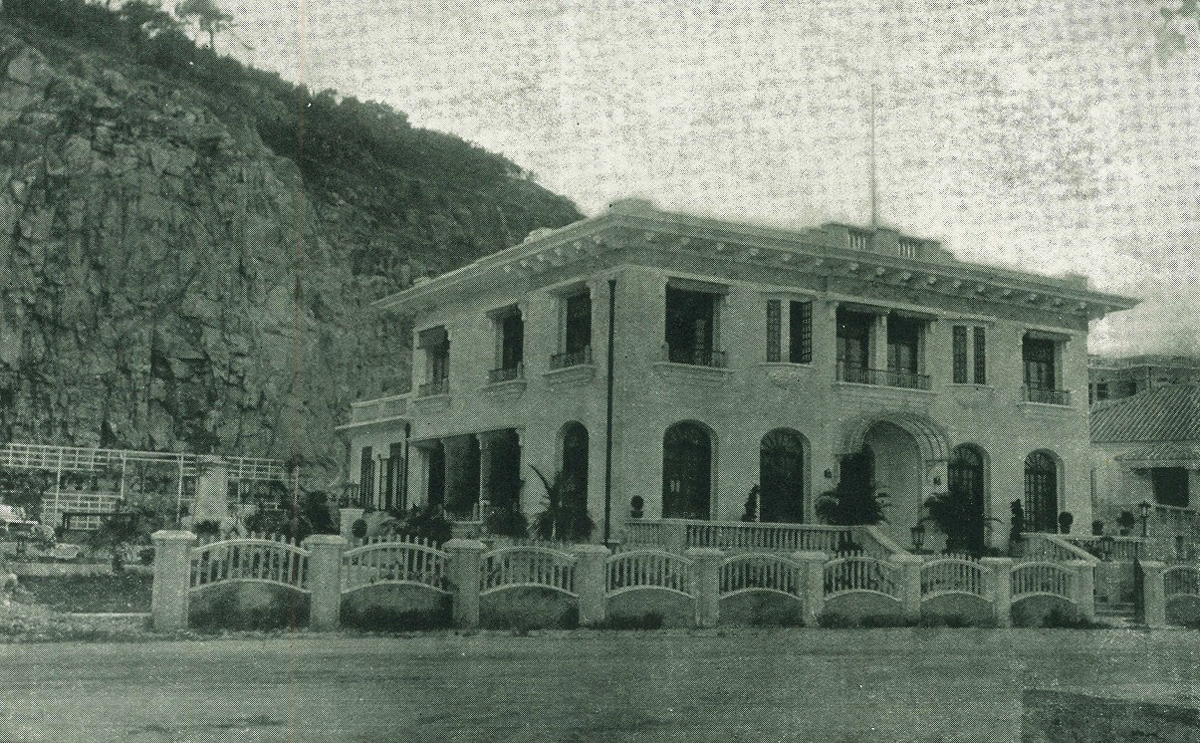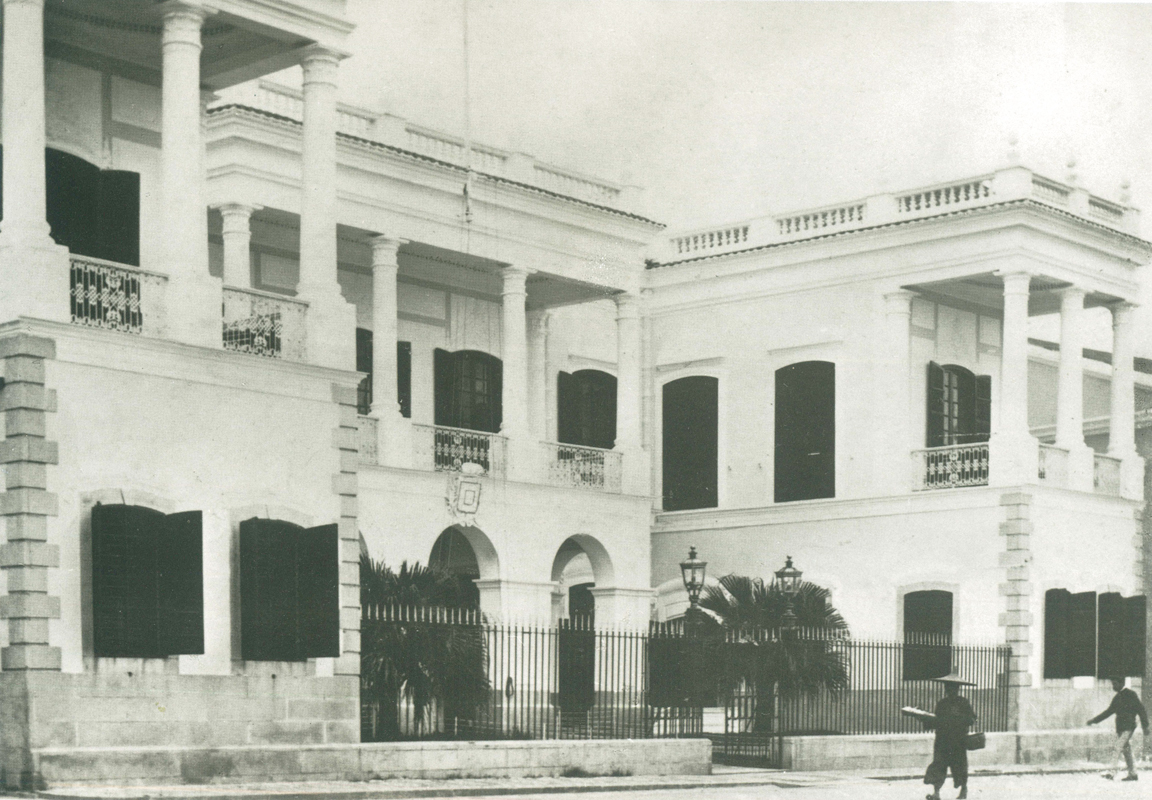The Macao (Macau) issue was left unsettled for more than 20 years since the abandonment of the Sino-Portuguese Treaty of Friendship and Trade. It was not until 1886 that negotiations were brought up again.
The Sino-French War ended with Vietnam falling under French colonial rule in 1885. France proposed to exchange one of its African colonies with Portugal for Macao to expand its control over the South China Sea, a plan that provoked both the Qing court (清朝) and Britain. At that time, Robert Hart, the Inspector-General of China’s Imperial Maritime Custom Service, was to establish customs near Macao and negotiate with the Portuguese Macao government on opium taxation and the suppression of opium smuggling. He was the Qing representative for the negotiations.
The Sino-Portuguese Treaty of Peking was signed in 1887. It stipulated that China confirmed Portugal’s perpetual occupation and government of Macao, but Portugal could never alienate Macao and its dependencies without China’s agreement. The treaty maintained China’s sovereignty over Macao but also officially validated the Portuguese administration of Macao.
|
|
What did the Sino-Portuguese Treaty of Peking contain? |
|
|
See answer below. |
After the Sino-French War (1883-1885), France sought to expand its influence in the South China Sea. It approached Portugal with a proposal to exchange the French Congo for Portuguese Macao and Guinea. The paintings show the Mawei Naval Battle (馬尾海戰, left) and the Lạng Sơn campaign (right) during the Sino-French War.
Robert Hart, the Inspector-General of China’s Imperial Maritime Custom Service.
Robert Hart dispatched his right-hand man James Duncan Campbell to Portugal to sign the Sino-Portuguese Protocol of Lisbon (left) on behalf of the Qing court in March 1887. It became the foundation of the Sino-Portuguese Treaty of Peking (also known as the Treaty of Friendship and Commerce between Portugal and China). (Online photo)
Yikuang (奕劻), the head of the Qing’s Office for the General Management of Affairs Concerning the Various Countries, signed the Sino-Portuguese Treaty of Peking with the former Governor of Macao Tomás de Sousa Rosa in December 1887.
Tomás de Sousa Rosa, a Governor of Macao until 1886, signed the treaty in the capacity of the Portuguese Minister Plenipotentiary to China in Beijing (or Peking, 北京).
Zhang Zhidong (張之洞), one of the four famed late Qing ministers, served as the Viceroy of Liang-Guang (兩廣總督) from 1884 to 1888. He was a firm objector of signing the treaty.
A map of the 1909 Macao and its neighbouring areas showing Gongbei Port (拱北關) at Ilhas de Bugio, Wan Chai. It was relocated to where it is now in Zhuhai (珠海), Guangdong (廣東), after 1949. (Photo credit: National Library of Australia, inventory number: MAP Braga Collection Col./71/4)
The Macao branch of the tax department at Praia Grande Bay in the early 20th century.
The Macao Governor’s Palace, repurposed from Visconde do Cercal’s private mansion in 1884.
The building of the Municipal Council of Macao in the early 20th century. After the Portuguese Macao government’s establishment in 1844, the Municipal Council was transformed into a municipal governmental body in charge of affairs in the Macao city, not including the islands of Taipa and Coloane.
|
|
What did the Sino-Portuguese Treaty of Peking contain? |
|
|
The treaty included 54 articles. Apart from confirming the Portuguese perpetual occupation of Macao, it specified issues regarding diplomats and consuls (Article 6-9), Portuguese privileges in mainland China (Article 11-18), the commercial system of the Chinese treaty ports (Article 20-44), the extraterritorial rights enjoyed by the Portuguese (Article 47 and 50), and the protection of Catholics in mainland China (Article 52). To sum up, the coverage of the treaty included but not limited to foreign affairs, Portuguese privileges, commercial system, extradition, and the protection of Catholics. |
Photo courtesy of Mr. Alex Lou, Vice Chairman of The Heritage Society, unless otherwise specified.






